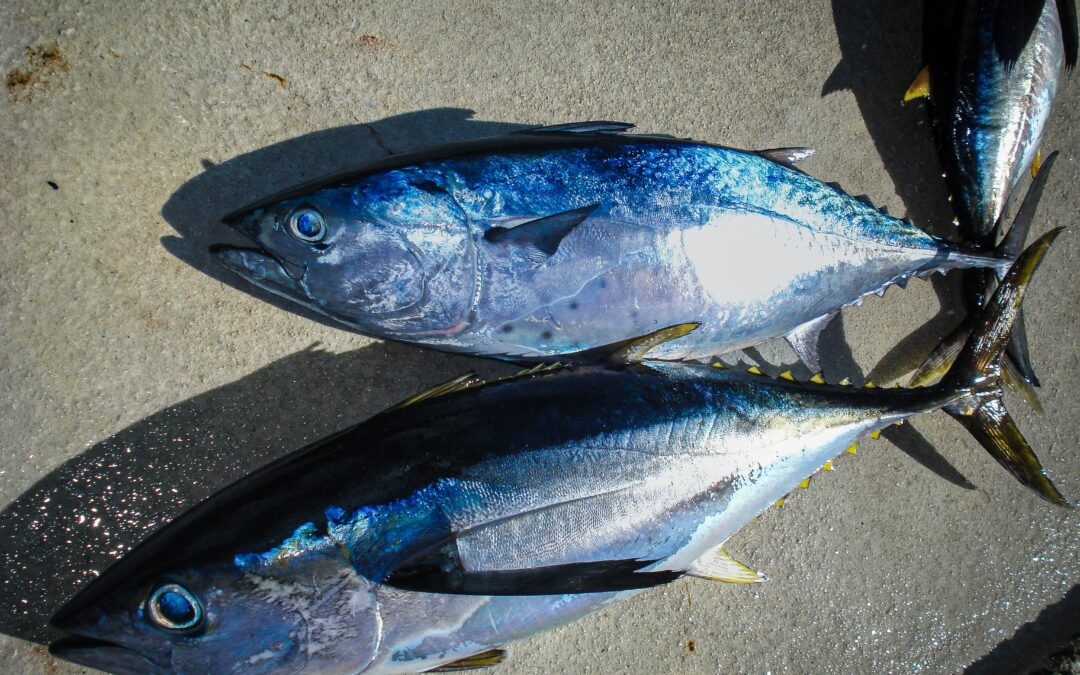
The Best Time of Year for Albacore Tuna Fishing Charters in Oregon
The Best Time of Year for Albacore Tuna Fishing Charters in Oregon
Albacore tuna fishing off the coast of Oregon is an adrenaline-pumping adventure that attracts anglers from all over the world. These fast, powerful fish are a prize catch, known for their speed, endurance, and excellent table fare. If you’re planning to book a tuna fishing charter, timing is key. Understanding the best time to target these migratory fish will help you get the most out of your trip.
In this guide, we’ll explore when to plan your Albacore tuna fishing trip in Oregon and what to expect when you hit the water.
Albacore Tuna and Their Migration
Albacore tuna (Thunnus alalunga) are migratory fish that travel vast distances in the Pacific Ocean. They follow warm water currents and abundant baitfish, which bring them close to the Oregon coast during specific times of the year. These tuna are strong fighters and can grow up to 40 inches in length, though the typical catch ranges between 10 to 30 pounds.
The timing of their migration is influenced by sea surface temperatures and oceanic conditions, which makes Oregon’s tuna season a moving target. The key to a successful trip is to plan during the months when these fish are most likely to be within reach of charter boats.

Peak Season for Albacore Tuna Fishing in Oregon
The best time to go Albacore tuna fishing in Oregon is typically **July through September**. However, the season can start as early as late June and extend into October, depending on water conditions and the movement of the fish.
Here’s a month-by-month breakdown of what you can expect:
Late June – Early July: The Start of the Season
The Albacore season can kick off in late June, especially in years when the waters warm up earlier. During this time, the fish are just beginning to move into range, and the tuna grounds may be farther offshore—sometimes 40 to 60 miles or more. Early season tuna tend to be smaller but are just as aggressive and ready to bite.
July – August: Prime Time
July and August are considered the **prime months** for Albacore tuna fishing off the Oregon coast. Warm waters are well-established, and tuna are present in large numbers. The fish are often found 30 to 50 miles offshore, and during these months, anglers can expect bigger schools and larger fish.
This is when tuna fishing charters are in high demand, as the conditions are ideal for a productive day on the water. Charters often report “limit-out” days, where anglers catch their fill of tuna within a few hours of fishing.
September: Late Season Bonanza
September can be an exceptional month for Albacore fishing. By now, the fish are fully in their feeding frenzy, fattening up for their journey back to deeper waters. September often yields some of the largest Albacore of the season, and the fish can be closer to shore, reducing travel time for charters. The weather also tends to be more stable during this month, making for smooth trips.
October: The Close of the Season
While the Albacore season typically winds down by early October, some years see continued action into mid-October if the water temperature remains favorable. During this time, the fish may move farther offshore again, and charters become more weather-dependent as storms begin to roll in. However, the fall months can still produce quality tuna for those willing to venture out.
Factors That Influence the Albacore Season
Several environmental factors affect the Albacore tuna migration and, in turn, the fishing season. While July through September is generally reliable, these variables can shift the timing:
- Water Temperature: Albacore prefer water temperatures between 58°F and 64°F. When the Pacific Ocean warms up earlier, the season can start sooner, and when it cools down slowly, the season may last longer.
- Currents and Bait: The tuna follow baitfish such as sardines, anchovies, and squid. When these prey species are abundant closer to the Oregon coast, the Albacore are more likely to move inshore, making them easier to target on charters.
- Oceanic Conditions: Strong El Niño or La Niña years can significantly alter the tuna season. El Niño tends to bring warmer waters and can extend the Albacore’s presence in the region, while La Niña may shorten the season as cooler waters push the fish farther offshore.

What to Expect on an Albacore Tuna Charter
Albacore tuna fishing in Oregon is a unique experience that combines the excitement of offshore fishing with the challenge of chasing a fast-moving predator. Here’s what you can expect when you book a charter:
- Long Days and Fast Action
Albacore fishing charters typically last 10 to 12 hours, with boats traveling up to 60 miles offshore. Once on the tuna grounds, the action can be fast and furious. Schools of tuna often result in multiple hookups at once, so be ready for intense bursts of activity.
- Trolling and Live Bait Fishing
Most tuna charters use a combination of trolling and live bait techniques. Trolling involves dragging lures or bait behind the boat to attract the tuna, while live bait fishing uses small fish to entice the tuna when they are actively feeding near the surface.
- Gear and Tackle
Charters usually provide all necessary gear, including heavy-duty rods and reels designed for the strength and speed of Albacore tuna. These fish are strong fighters, and reeling one in can be an exhausting yet thrilling experience.
- A Bounty of Fresh Tuna
Albacore tuna are prized for their firm, mild-tasting meat, making them a favorite for sashimi, grilling, and canning. Most charters allow you to keep a generous portion of your catch, and many offer fish cleaning services at the dock.

Tips for a Successful Tuna Fishing Trip
– Book Early: Tuna fishing charters fill up quickly, especially during peak season. It’s wise to book your trip several months in advance.
– Prepare for the Weather: The Oregon coast can be unpredictable, so dress in layers and bring rain gear. Even on sunny days, it can be cool out on the water.
– Bring Snacks and Drinks: Tuna charters are long, and while some provide food and beverages, it’s always a good idea to bring extra snacks and drinks to stay energized.
– Stay Hydrated: Tuna fishing can be physically demanding, especially when you’re fighting multiple fish in a row. Keep hydrated throughout the day.
The best time for Albacore tuna fishing charters in Oregon is undoubtedly during the summer and early fall, from July through September. This is when the waters are warm, the tuna are abundant, and your chances of landing these powerful fish are highest. If you’re looking for an adventure on the open ocean and a chance to bring home some of the finest seafood, there’s no better time to plan your trip than the Oregon Albacore season.
Whether you’re a seasoned angler or a beginner, an Albacore tuna charter offers an exhilarating experience and memories to last a lifetime.
Schedule your Oregon Fishing Charter Today!
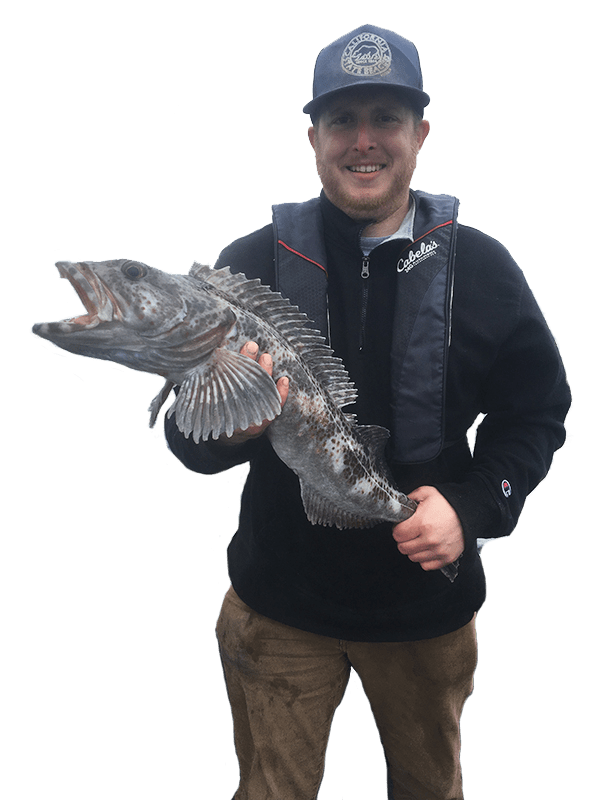

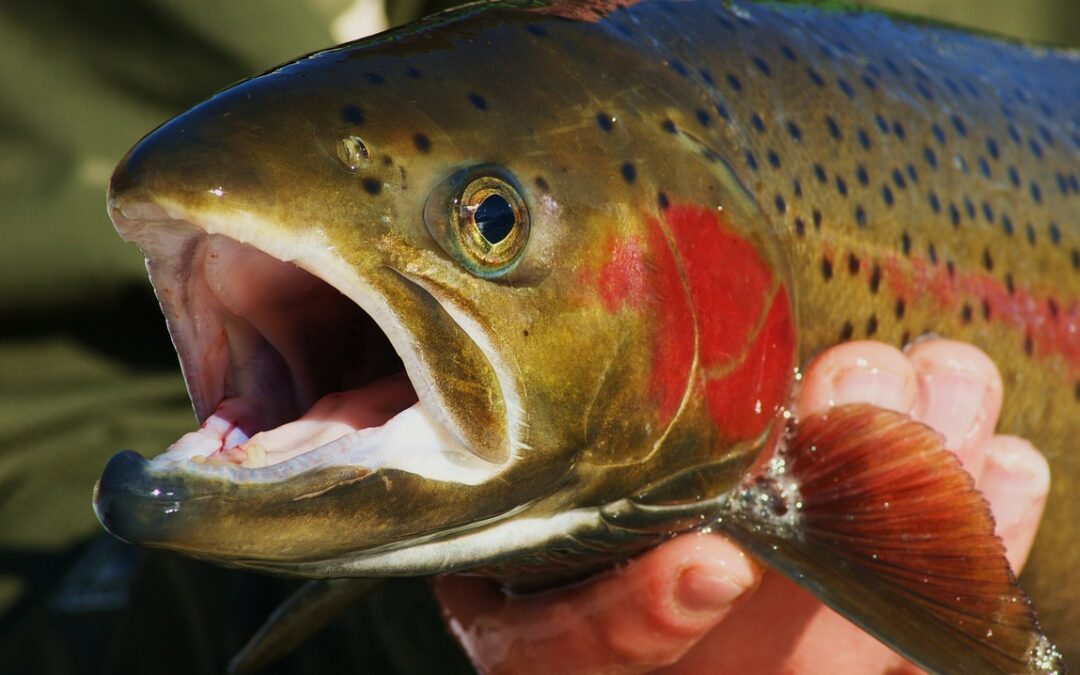



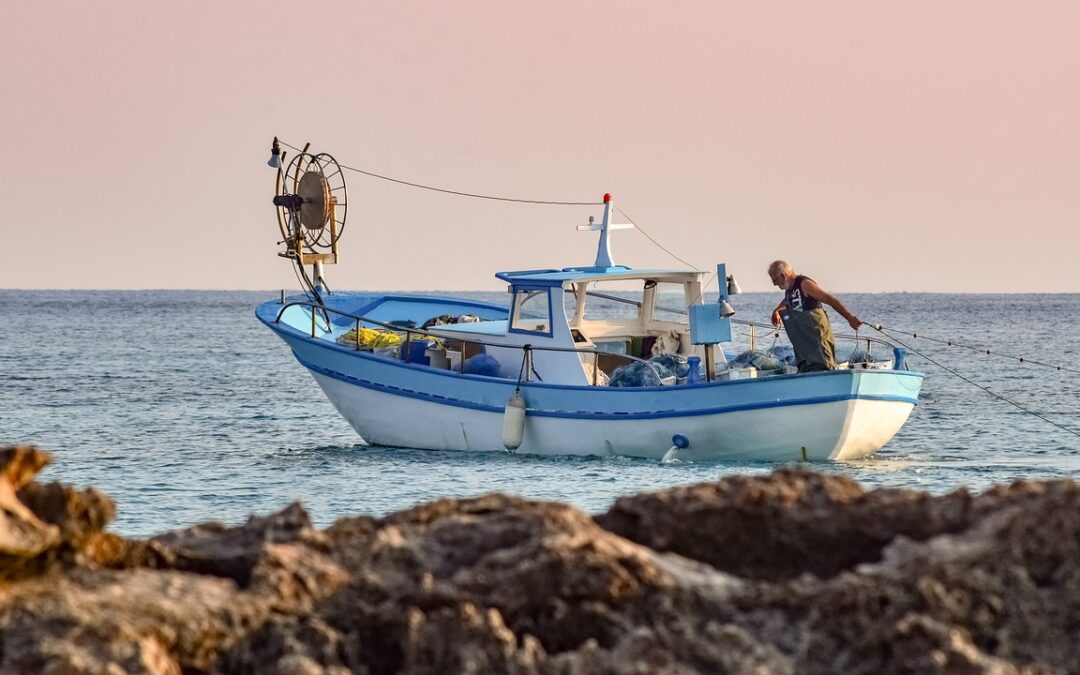



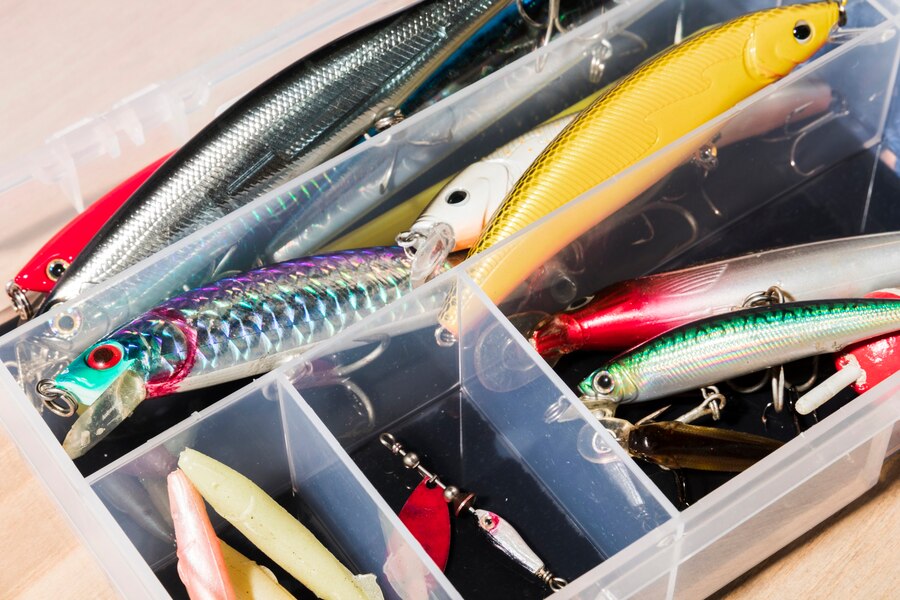



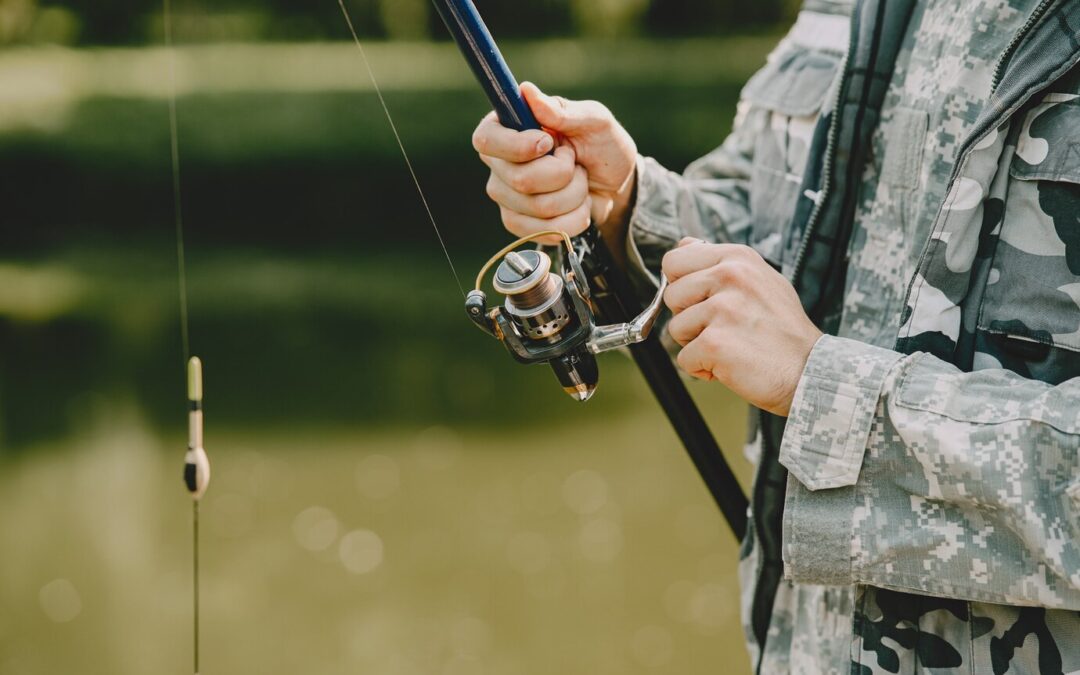



Recent Comments